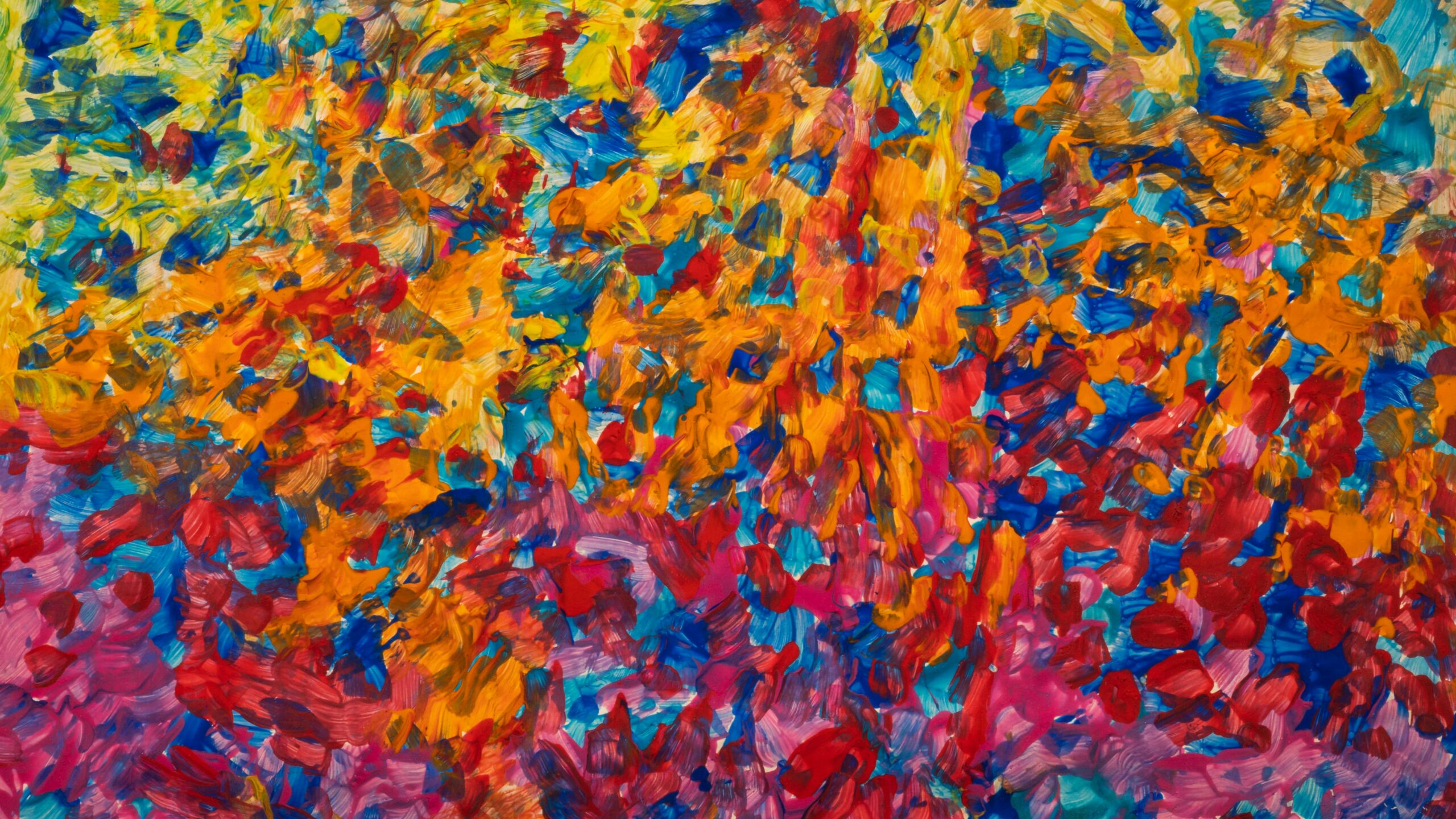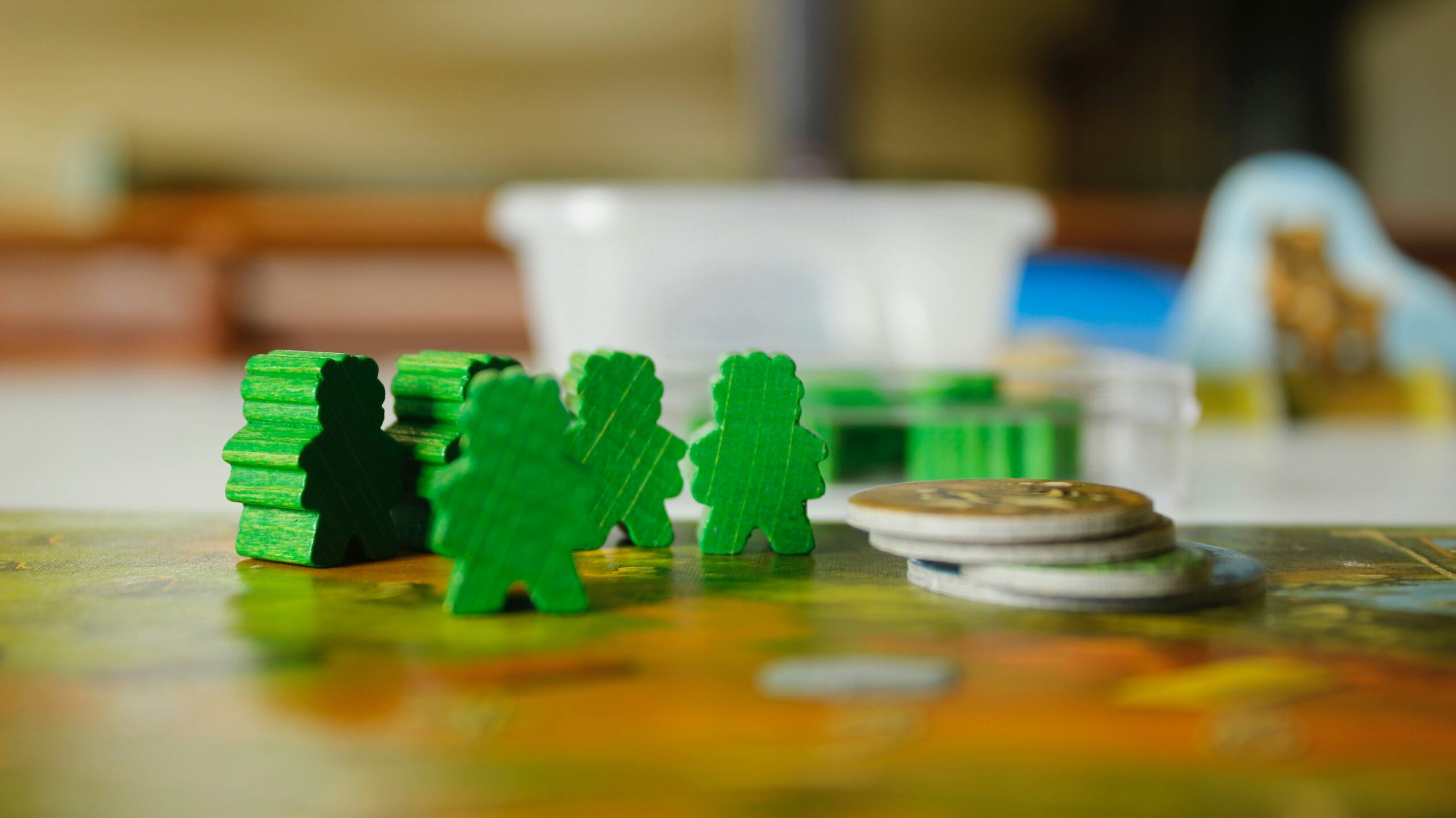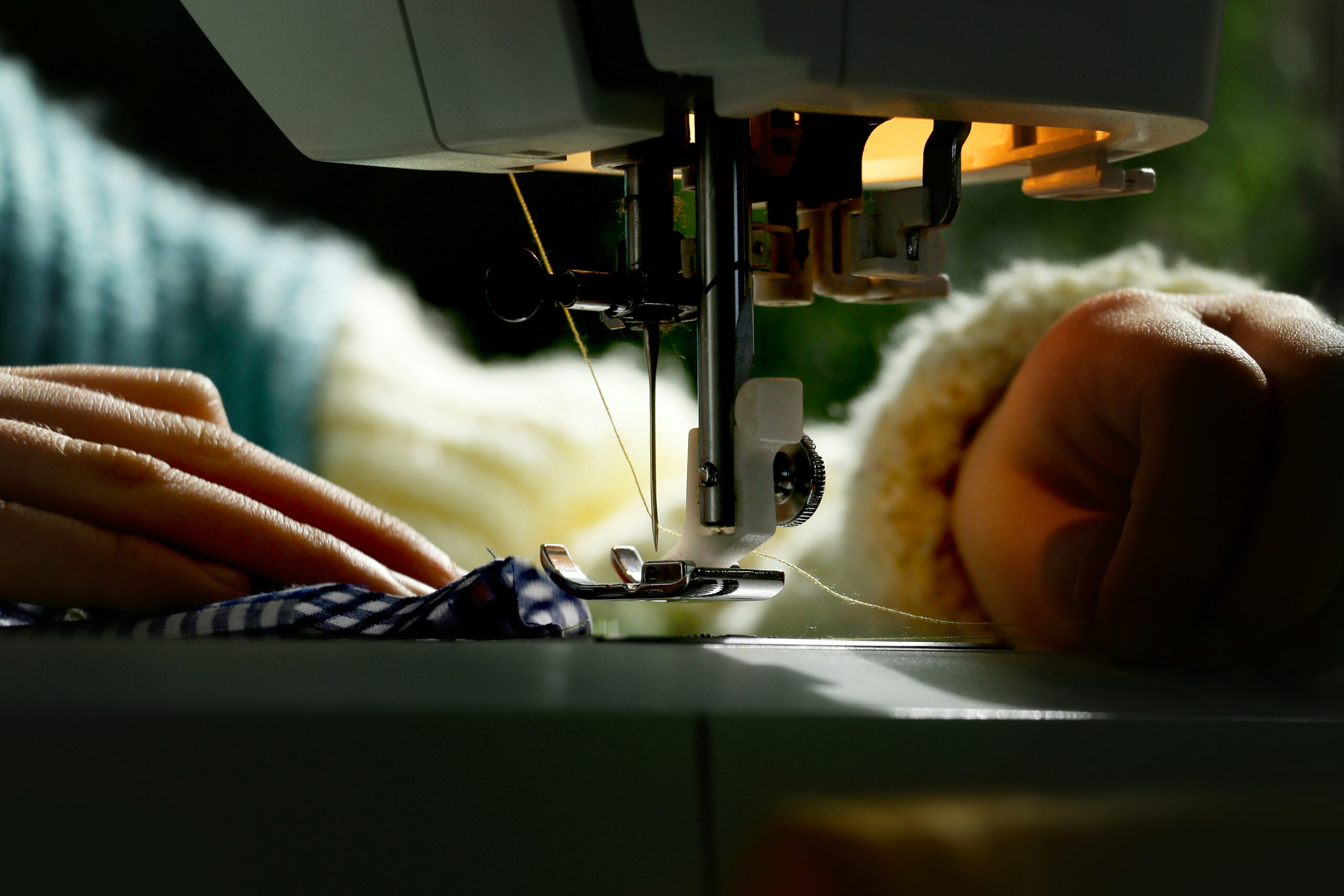Introduction to Painting as a Hobby
Painting is a vibrant form of expression that has captivated individuals for centuries, making it a popular hobby among enthusiasts of all ages. This creative outlet not only allows for the exploration of imagination and artistic skills but also serves as a therapeutic activity that can enhance mental health and overall wellbeing. One of the reasons painting has gained such popularity is its accessibility; it requires minimal materials to get started, and individuals need not be professional artists to derive pleasure and satisfaction from the process.
There are various styles and techniques associated with painting, ranging from traditional oil and watercolor to modern acrylics and mixed media. These diverse forms offer ample opportunities for personal expression and exploration. Aspiring painters can choose to create abstract pieces, realistic landscapes, or whimsical characters, catering to their unique preferences and artistic vision. This versatility ensures that painting appeals to a wide array of interests and abilities.
Engaging in painting as a hobby can also provide a much-needed escape from daily stressors. As individuals immerse themselves in their artwork, they often experience a meditative state that helps alleviate tension and anxiety. The act of applying paint to canvas can be both relaxing and exhilarating, fostering an emotional connection between the artist and their creation. Furthermore, painting allows for the expression of feelings that might be challenging to articulate verbally, making it an effective means of emotional release.
As we delve deeper into the benefits of painting and the integral link between art and emotional expression, it becomes clear that this hobby has the potential to be more than just a pastime. It can serve as a powerful tool for improving mental health and enhancing overall quality of life, setting the stage for the exploration of art therapy and its remarkable effects.
Understanding Art Therapy
Art therapy is a therapeutic practice that utilizes creative expression to promote healing and improve mental health. This method is grounded in the belief that artistic activities can help individuals confront their feelings and psychological challenges in a unique and constructive manner. Trained art therapists guide individuals through the process of creating and discussing their artwork, which allows for deeper exploration of emotions and thoughts that may be difficult to articulate verbally.
One of the key principles of art therapy is the acknowledgment that the creative process itself can be therapeutic. While traditional art forms are often linked to skill and talent, art therapy focuses on the experience of creation rather than the outcome. Individuals engage in painting, drawing, sculpting, or other artistic mediums, allowing them to express emotions that might not be easily expressed in words. This aspect differentiates art therapy from painting as a mere hobby; the latter primarily aims for leisure and skill enhancement without the same emphasis on emotional exploration and healing.
In clinical settings, art therapy is used to support individuals dealing with various mental health challenges, including anxiety, depression, trauma, and stress. Therapists employ specific techniques and structured sessions tailored to the individual’s needs. For instance, they may ask clients to depict their feelings through a painting or revisit a particular memory using colors and shapes. This approach enables clients to gain insights into their emotional states, which can lead to increased self-awareness and potentially transformative healing experiences.
Furthermore, research has indicated that engaging in creative activities stimulates brain function and can lead to the release of endorphins, promoting a sense of well-being. This connection underscores the therapeutic benefits of incorporating art into one’s routine, suggesting that even casual engagement with art can positively impact mental health.
Mental Health Benefits of Painting
Painting as a hobby has garnered attention not only for its aesthetic appeal but also for its profound mental health benefits. Engaging in this creative endeavor allows individuals to channel emotions into visual form, which can significantly reduce symptoms of stress and anxiety. When one immerses themselves in the process of painting, the focus required facilitates a meditative state, helping to divert attention from everyday worries. This form of artistic expression serves as a healthy coping mechanism, enabling individuals to confront feelings that may otherwise remain suppressed.
Research indicates that participation in artistic activities, including painting, promotes emotional healing and self-discovery. For many, the act of creating art offers an opportunity to explore personal experiences and feelings, fostering a deeper understanding of oneself. This therapeutic approach is often leveraged in art therapy settings, where professionals guide clients through the creative process to assist in overcoming trauma, anxiety, and depression. Indeed, numerous studies support the idea that engaging in painting can lead to significant improvements in emotional wellbeing, enhancing overall quality of life.
Moreover, painting encourages mindfulness, a valuable skill in today’s fast-paced world. As individuals focus on the colors, brush strokes, and composition, they find themselves fully immersed in the moment, which can alleviate feelings of overwhelm. Additionally, this practice can boost cognitive function and enhance problem-solving skills, as the planning and execution of an artwork require critical thinking and creativity. These cognitive elements contribute to a sense of accomplishment and self-efficacy, further reinforcing the positive impact of painting on mental health. Collectively, these benefits underscore the importance of incorporating painting into self-care routines as a means of promoting emotional balance and overall psychological wellbeing.
Getting Started with Painting as a Therapeutic Hobby
Embarking on a painting journey as a therapeutic hobby requires minimal resources and a willingness to express oneself creatively. To begin, one of the first steps is to select suitable materials. A basic set of acrylic or watercolor paints, a couple of brushes, and some canvas or watercolor paper can provide a solid foundation. These materials are relatively inexpensive and easily accessible, making it convenient for beginners to explore their artistic potential without significant financial investment. Exploring local art stores or online retailers can help individuals find starter kits specifically designed for novice artists.
Finding inspiration is another crucial aspect of starting painting as a therapeutic hobby. Many individuals find motivation by observing their surroundings, whether through nature walks, urban exploration, or even photographs. Online platforms such as Pinterest or Instagram can serve as valuable resources where artists share their works, allowing beginners to derive inspiration from established artists. Additionally, engaging with art books or tutorials can lead to new techniques that enhance creativity. Consider setting a routine to dedicate time for painting, as regular practice can foster a deeper connection with the craft.
Equally important is cultivating a non-judgmental approach to creativity. It is vital to remember that painting should primarily be an enjoyable and therapeutic practice, rather than a means to achieve perfection. Allowing oneself to experiment without the fear of failure can lead to magical discoveries and a greater understanding of personal style. Online communities or local art classes can also provide a supportive environment, where individuals can express themselves freely with like-minded peers.
Ultimately, the essence of painting as a therapeutic hobby lies in the act of creation itself. Embracing the process is essential, as it not only offers an outlet for emotions but also enhances mental well-being. Beginners should remind themselves that every stroke of the brush is a step in their artistic journey, showcasing growth and self-expression beyond the final piece.


